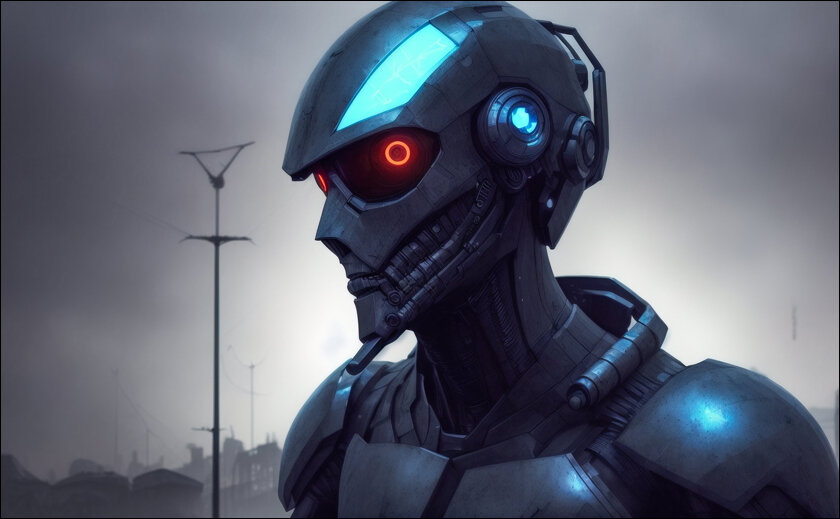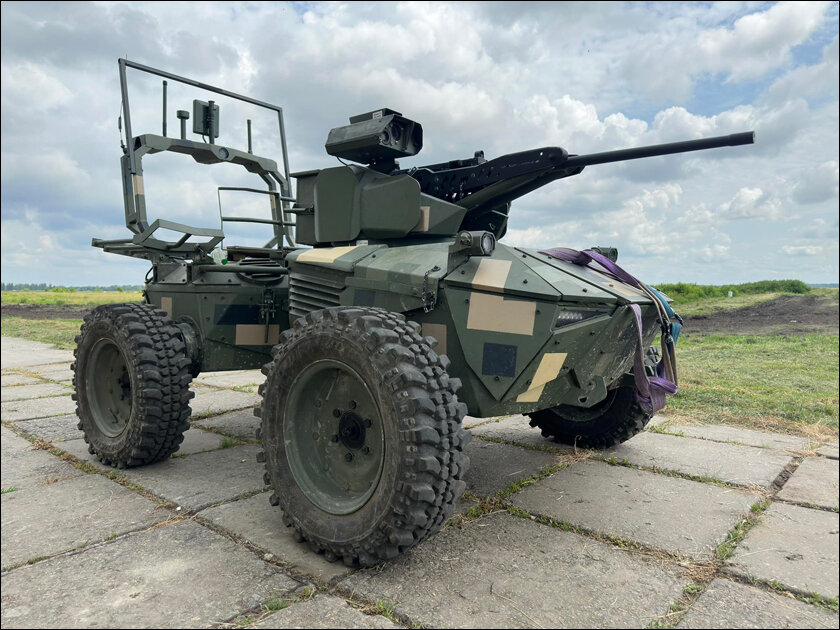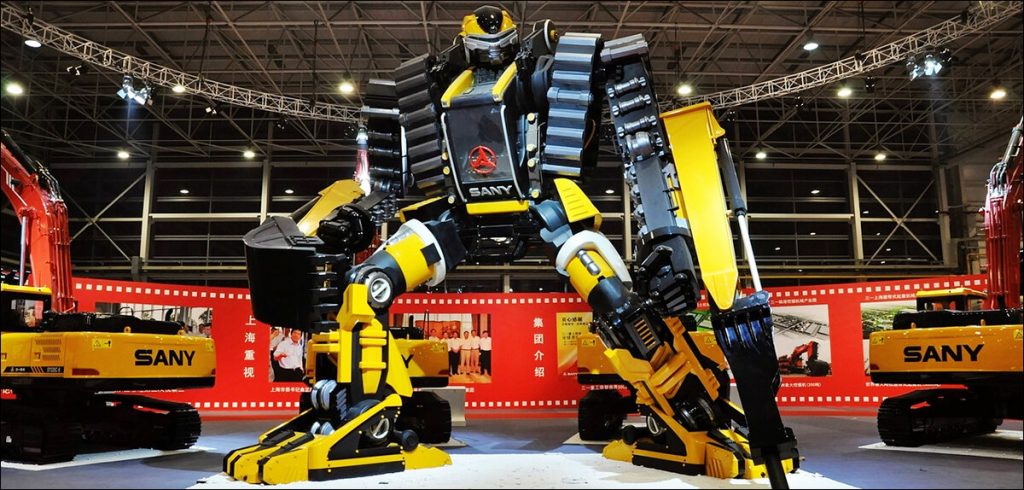Once you make a killer robot that can hunt and kill people on its own, you can’t put that genie back in the box – Nigel.
If you missed our previous post on killer robots and the weaponization of AI you can catch it here. Where we left off, however, was a look at a number of upcoming projects like the robot tank from Russia that can outperform humans and the AI pilot from the United States that can similarly outperform its human counterparts.

A lot has happened since then and we now have two ongoing wars where a number of different killer technologies are being put to the test. Drone warfare, in particular, has permanently changed the way wars will be fought for the foreseeable future and that’s putting it mildly.
We now have reconnaissance drones, attack drones, drone swarms, drones that can carry cargo and supplies, and even suicide drones to blow stuff up.

Killer Bots & Cardboard Killers
In addition to the Turkish Bayrakter drones from Ukraine and the Iranian Shahed drones from Russia, this war has also introduced completely autonomous weapon systems that use an algorithm to select targets. The US-designed Switchblade Kamikaze drones are a good example.
Earlier last month, Ukraine began testing an actual killer robot called The Ironclad on the battlefields in Ukraine. While it may not look like a conventional robot but rather like a giant G.I. Joe truck with an extra large gun mounted on top, it could easily be the building blocks of a future Terminator. It comes with a Shabla M2 gun turret, and a thermal imaging system.

An interesting point to note here is that it is in fact already being used for assaults on enemy lines and for fire support on the front lines in Ukraine.
While these attack bots are also being called unmanned ground vehicles, the Ukrainian Minister
Of Digital Transformation, Mykhailo Fedorov called it a combat robot which sounds like a more accurate description of what it actually is. He was also quoted on Twitter stating, “We will do everything to make unmanned technologies develop even faster,” and believes the development of fully autonomous drones is both “logical and inevitable.”

There’s also the story of Ukraine using cardboard drones purchased from Australia to attack a Russian airfield. While surface-to-air (SAM) missiles used to intercept these kinds of attacks cost hundreds of thousands of dollars, these drones reportedly cost less than $3,200 each and were able to damage 5 fighter jets as well as other anti-aircraft guns and missile systems including an S300.

Throw-bots & Robo-tanks
Since the October 7th attacks on Israel, there’s been a lot more robots being used in wars and if we’re going to cover innovations in robotics on the battlefield, we need to talk about Gaza as well. The IRIS (Individual Robotic Intelligence System) ultra light throwable robot platform from Telaviv-based Roboteam is one such innovation. Also called a “Throwbot” by the Israeli Defence Forces, this hand-carried “autonomous” system can basically be used like a grenade and be thrown down tight spaces like tunnels to relay information and reconnaissance in real-time. Additionally, the IDF’s Gaza division already has their own ground combat robot called The Jaguar and this one is based on a 6-wheel chassis.

The extra wheels and the 7.62mm squad machine gun mounted on top make it look more like a robot tank than a semi-autonomous robotic ground vehicle as it is being called. The Jaguar’s weapon can be operated while stationary or in motion and has advanced firing capabilities, it also sports dozens of sensors ,advanced cameras, transmitters, and a PA system.
What’s even more interesting is its semi autonomous system which allows it to drive to destinations on its own while avoiding “obstacles” using its AI. It also has the ability to self-destruct if the occasion arises, effectively turning it into a ground Kamikaze drone. Another interesting point to note is that The Jaguar even has the ability to find a power source and charge itself in case of a low battery.

Point of no return
Like we already mentioned in our previous article called Slaughterbots,” once you make a killer robot that can hunt and kill people on its own, you can’t put that genie back in the box. That line has already been crossed and like the Ukrainian minister of digital transformation said, autonomous weapons are inevitable.
The problem, however, is when there is a race toward a game-changing technology like this, safety measures typically get neglected. Just last week a robot worker in South Korea mistook a man for a box of vegetables and crushed him to death on a conveyor belt. That’s just a farmer of a grocer bot we’re talking about, what happens when something like The Ironclad or The Jaguar malfunctions or gets a virus or gets hacked?
In case you missed:
- South Korean firm develops drone that flies on hydrogen fuel
- CES 2025: NVIDIA’s Cosmos Just Gave Robots a ‘ChatGPT Moment’!
- So AI can get bored, “suffer,” and even commit suicide?
- Nvidia Project GROOT for humanoid robots
- Could the Future of Communication Be Holographic?
- What’s Nvidia doing in the restaurant business?
- Scientists gave a mushroom robotic legs and the results may frighten you
- Indian startup achieves level 5 vehicle autonomy, Tesla still stuck at level 2?
- Lab-Grown Brain Thinks It’s a Butterfly: Proof We’re in a Simulation?
- Omnidirectional VR treadmills, go anywhere without going anywhere!









